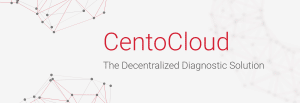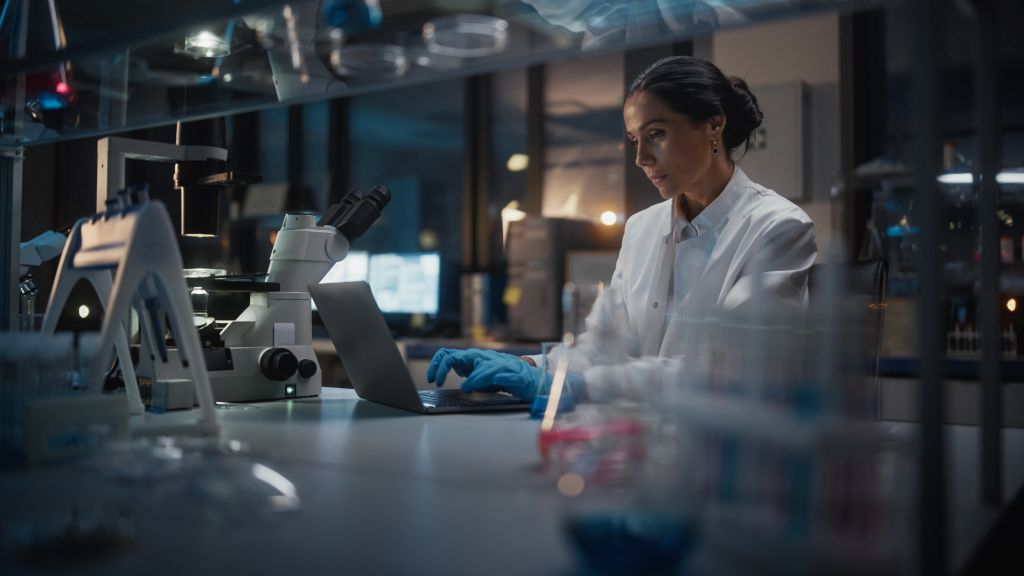Rare diseases refer to over 7,000 different known health conditions that together affect up to over 350 million individuals worldwide. Diagnosing and treating rare diseases often proves to be difficult, since symptoms can be similar to those of common diseases, and treatment options are limited. However, next generation sequencing (NGS) technologies are making it easier to effectively diagnose and treat rare diseases, thereby improving the lives of affected patients.
NGS technologies have revolutionized genomic research over the last two decades: they enable a patient’s genome to be sequenced in a day, where older sequencing technologies could take weeks.
However, in practice, the application of NGS technologies still proves to be challenging: first, sequencing a single human genome generates about 100 GB of data, so even small patient sample sizes require considerable storage space. Second, with over 3,000 different sequencing analysis tools available, researchers may find it difficult to find the best tool for their project.
Finally, reliably identifying and interpreting gene variants can pose a challenge due to the sheer number of variants in a sample: an exome sample can have up to 150,000 gene variants, whilst a whole-genome sample can have more than 5 million variants. Variants are often classified based on their likelihood to cause disease. For example, the American College of Medical Genetics and Genomics, the Association for Molecular Pathology, and the College of American Pathologists have created classifications for gene variants. These include pathogenic, likely pathogenic, variants of uncertain significance (which currently makes up the vast majority in exome and whole-genome samples), likely benign, and benign.
The global relevance of rare diseases
Rare diseases affect hundreds of millions of patients worldwide. However, given the wide range of different rare diseases, the number of patients affected by a single rare disease can be very low. As a result, treatment options for a particular diagnosis may be limited, even though rare diseases are a major global health concern.
Diagnosing rare diseases can prove difficult as well, as symptoms are either infrequently seen or similar to those of common diseases. Moreover, physicians often lack experience in diagnosing rare diseases because of their very low prevalence.
NGS technologies can provide critical insight into rare diseases. By identifying gene variants associated with a rare disease, NGS technologies can help pinpoint the cause of a rare disease, confirm a diagnosis, and identify an appropriate treatment.
For example, in Brown–Vialetto–Van Laere syndrome, a rare disease characterized by progressive neurological deafness and neuromotor dysfunction, NGS helped identify two vitamin B2 transporter genes, SLC52A3 and SLC52A2, as the cause of the condition. Treating patients with vitamin B2 led to encouraging biomarker responses and clinical outcomes. Furthermore, the two transporter genes identified could be taken into consideration in future uses of NGS in rare disease diagnosis.
CENTOGENE, a life science partner providing data-driven answers in rare and neurodegenerative diseases, has been delivering advanced molecular diagnostics for over 15 years. To enable laboratories around the world to provide the same high quality and diagnostic accuracy as offered by CENTOGENE’s own state-of-the-art laboratories, the company launched its clinical decision support platform, CentoCloud.
CentoCloud’s four pillars
CENTOGENE’s NGS approach to assisting with rare disease diagnosis and treatment can be broken down into four key advantages offered by CentoCloud.
First, CENTOGENE can support clients in setting up the lab and procuring the reagents they need. Following this, the company can assist labs in running their sequencing experiments to get the most accurate NGS results possible.
Once results are obtained, CENTOGENE can draw upon genetic and clinical data from the CENTOGENE biodatabank of over 650,000 patients. Using the biodatabank as a reference enables clients to check whether their current diagnostic result matches previous data on patients with a particular diagnosis.
“We have a vast biodatabank of genetic variants that are associated with disease. They are annotated with symptoms, with actual patient phenotypes, and that gives us a great advantage. Our biodatabank is very diverse,” explains Maria Kammerer, Senior Product Manager at CENTOGENE.
“It contains patients from the Middle East, Asia, Latin America, the U.S., and Europe. It’s a wide spectrum of patients and therefore potentially covers more disease variations,” Kammerer adds.

“Genetic mutations are found even in healthy individuals,” Ana Popic, Head of CENTOGENE Belgrade, explains. “So an important challenge is to distinguish which of these mutations are actually pathogenic, problematic or connected to the already existing clinical data. This is one of the ways in which CentoCloud can shine.”
CentoCloud uses advanced bioinformatics developed by CENTOGENE in conjunction with the biodatabank to rapidly analyze patient data and provide decentralized diagnostic support to clients.
“We have developed a so-called prioritization algorithm, which is part of our advanced bioinformatics approach,” Popic elaborates. “If you have detected around 120,000 gene variants in your CentoCloud NGS analysis, the prioritization algorithm can filter these down to a list of the top 25 variants. The chance that the disease-causing variant is on this list is 90%.”
“For example, in one project alone, our biodatabank and bioinformatics approach helped reveal six novel genes associated with a neurodegenerative disease,” Popic elaborates.
In the final step, an in-house team of medical experts provide a clinical interpretation of the genetic analysis results. The patient’s physician can take this into account when recommending and choosing an appropriate treatment.
An evolving market
Because the cost of NGS technologies and services started quite high, companies and hospitals would outsource their sequencing and genetic analysis needs to genetic diagnostics companies.
“Now this market is changing. The cost of sequencing has been significantly reduced. It’s now possible for a standard reference lab to purchase the machines and do the sequencing themselves,” says Kammerer.
“So it’s actually affordable for a lab to process their own samples. It requires relevant training, but afterwards, your lab can sequence the data and perform the analysis itself,” Kammerer continues.

However, IT infrastructure can still pose limitations for laboratories wanting to conduct their own genetic testing service.
“You need to have the IT infrastructure to store the vast amounts of data generated and to process the results. And then you still need the bioinformatics and clinical knowledge to optimally prioritize and interpret the data,” explains Kammerer.
By providing the IT infrastructure, knowledge and expertise needed to store, process and interpret sequencing data, CentoCloud can help clients consolidate their sequencing needs into one streamlined process.
“For over 15 years, CENTOGENE has been helping patients suffering from a range of rare genetic diseases. Now, our mission is to make it accessible to labs around the world,” says Popic. “With CentoCloud’s decentralized approach and use of cloud resources, we can share our knowledge and expertise and help labs get the best diagnostic insights in the shortest possible way.”
Curious to see how CentoCloud can help you? Find out more here!
Images courtesy of CENTOGENE.
This article was originally published in October 2022.





